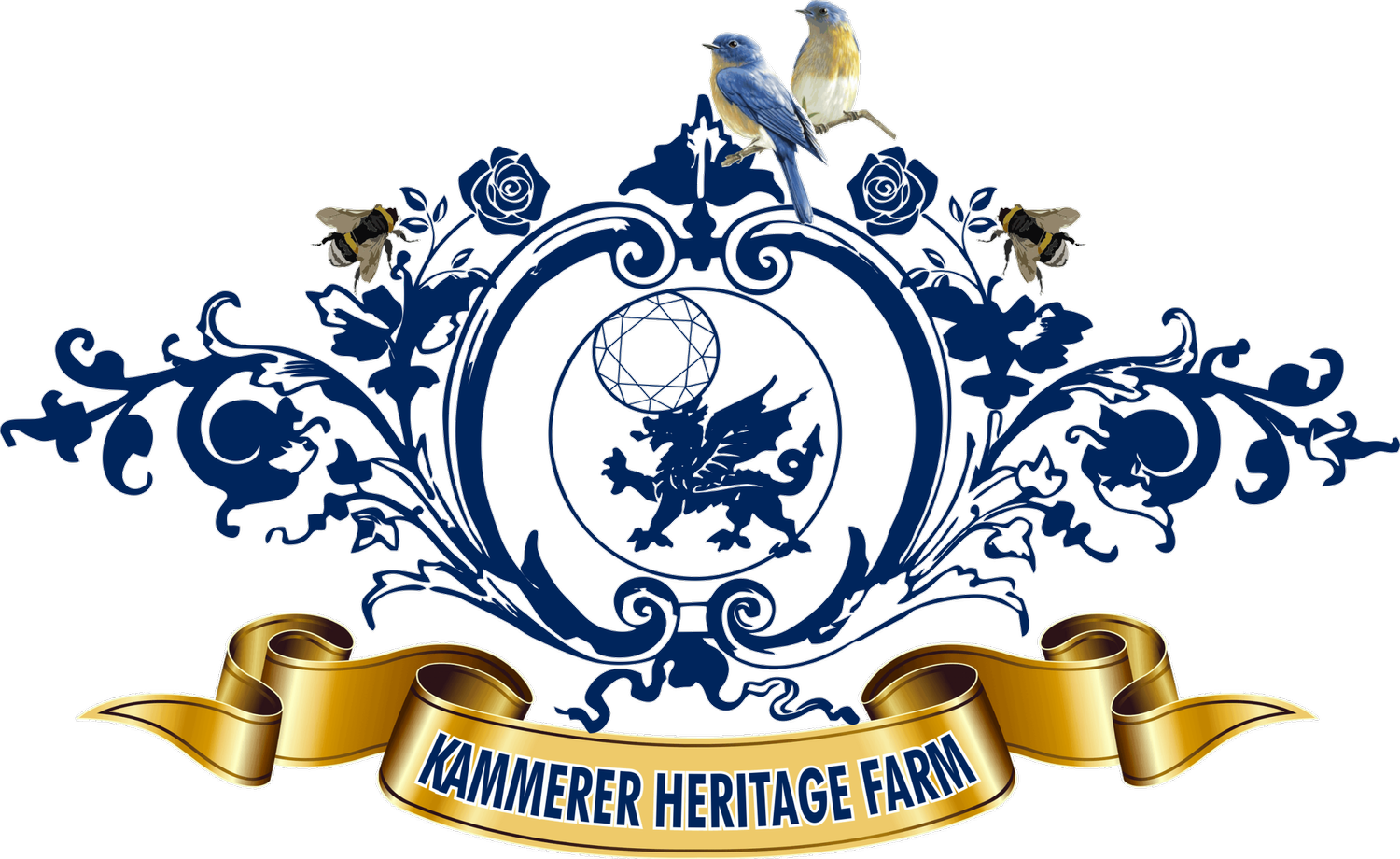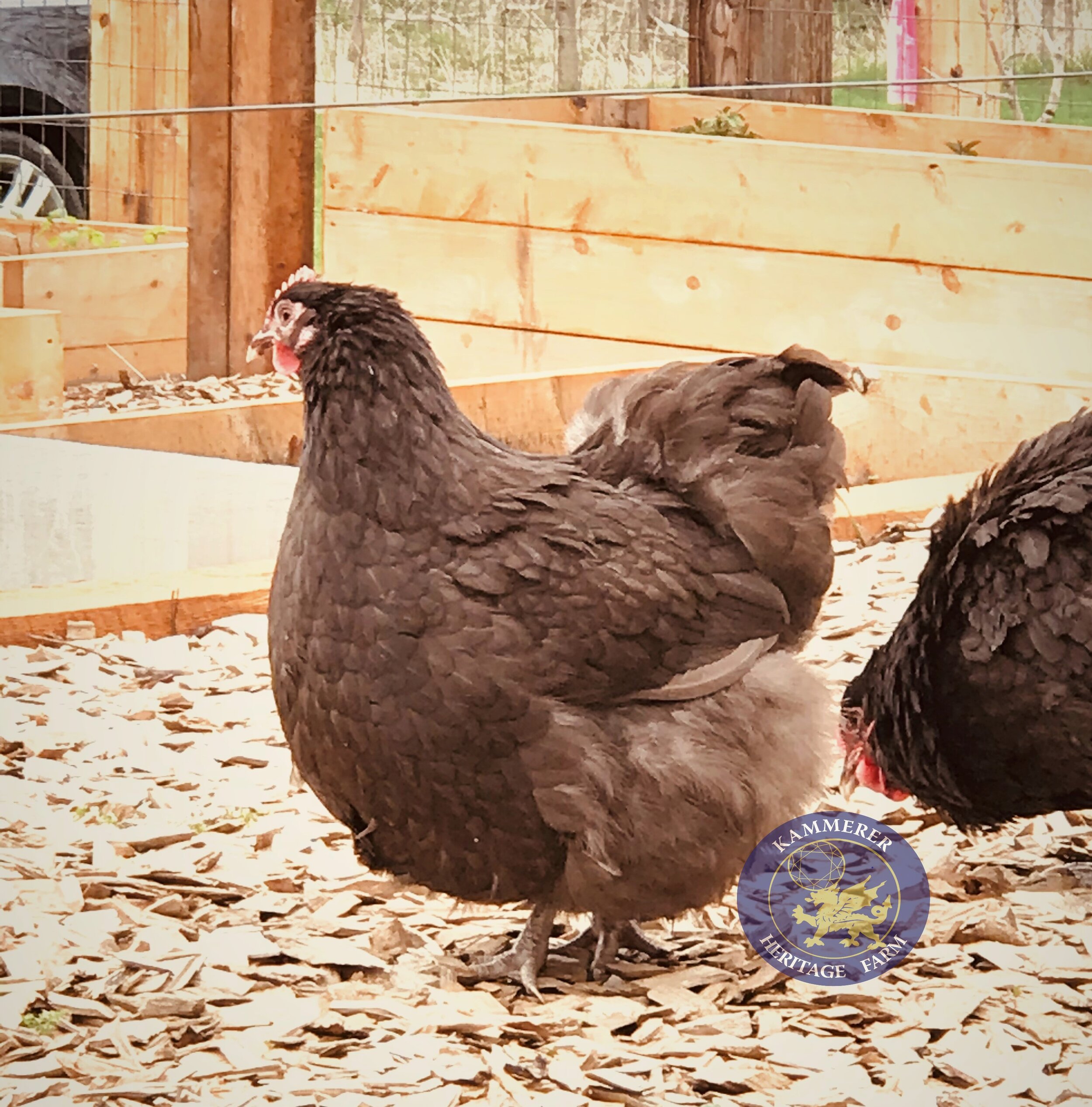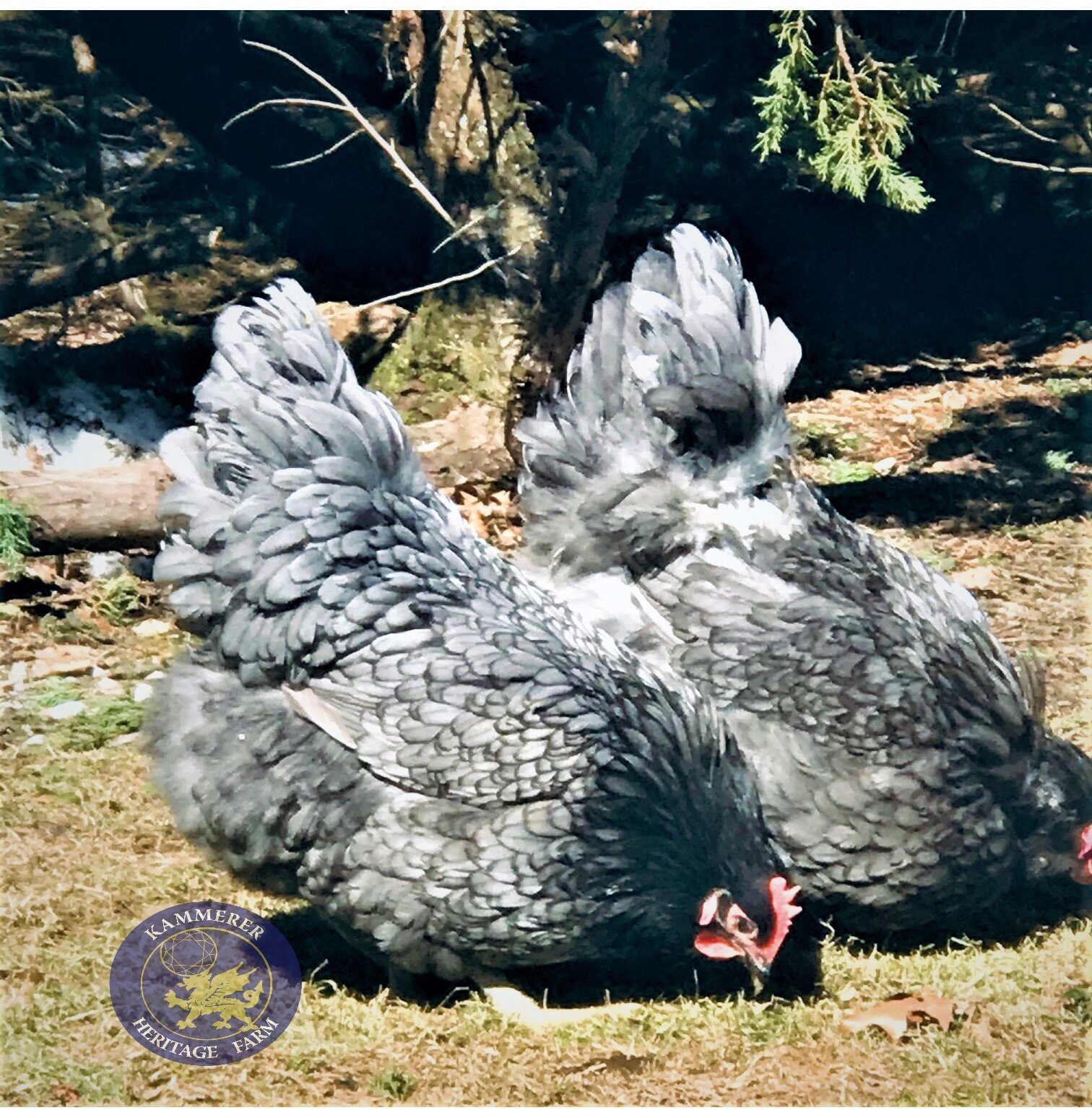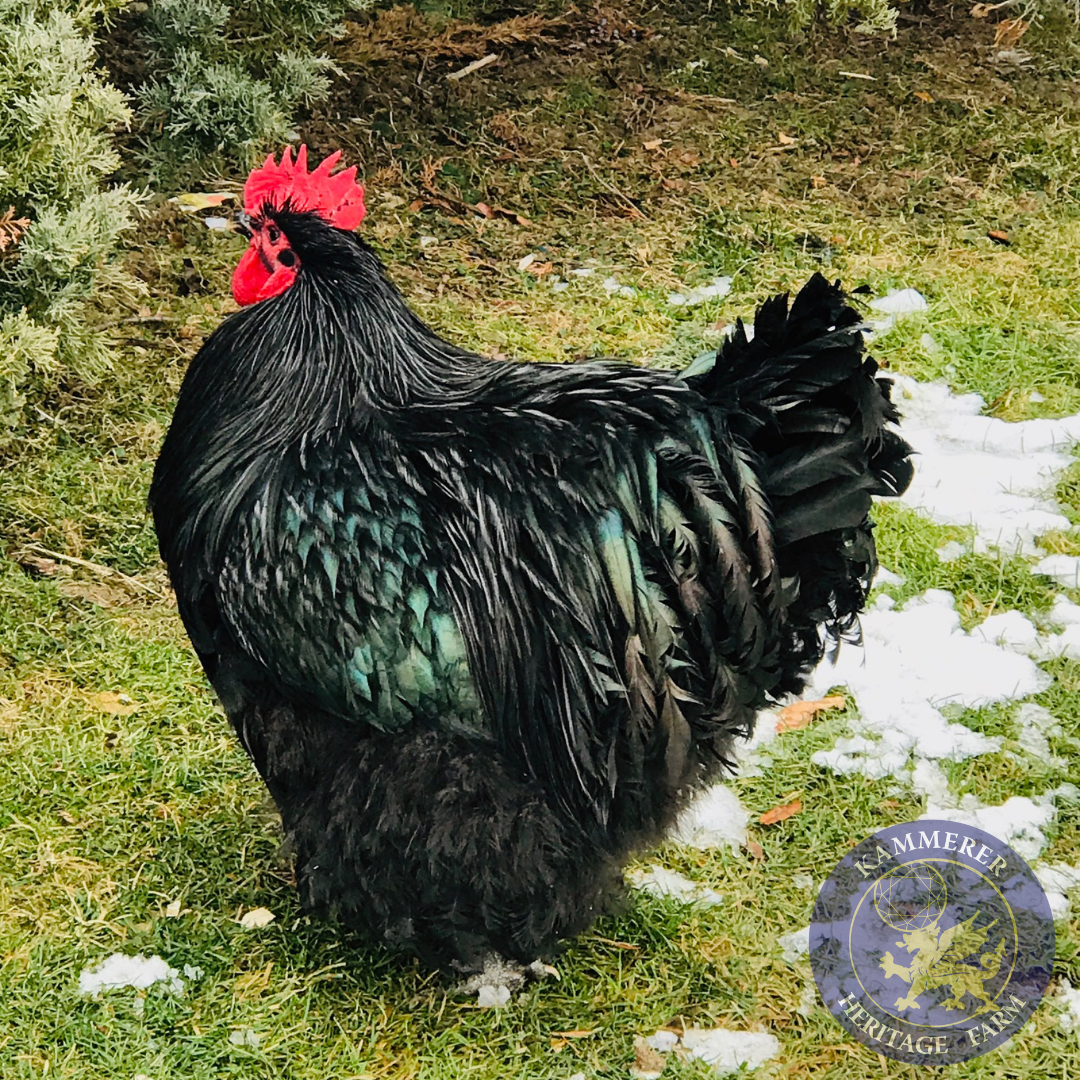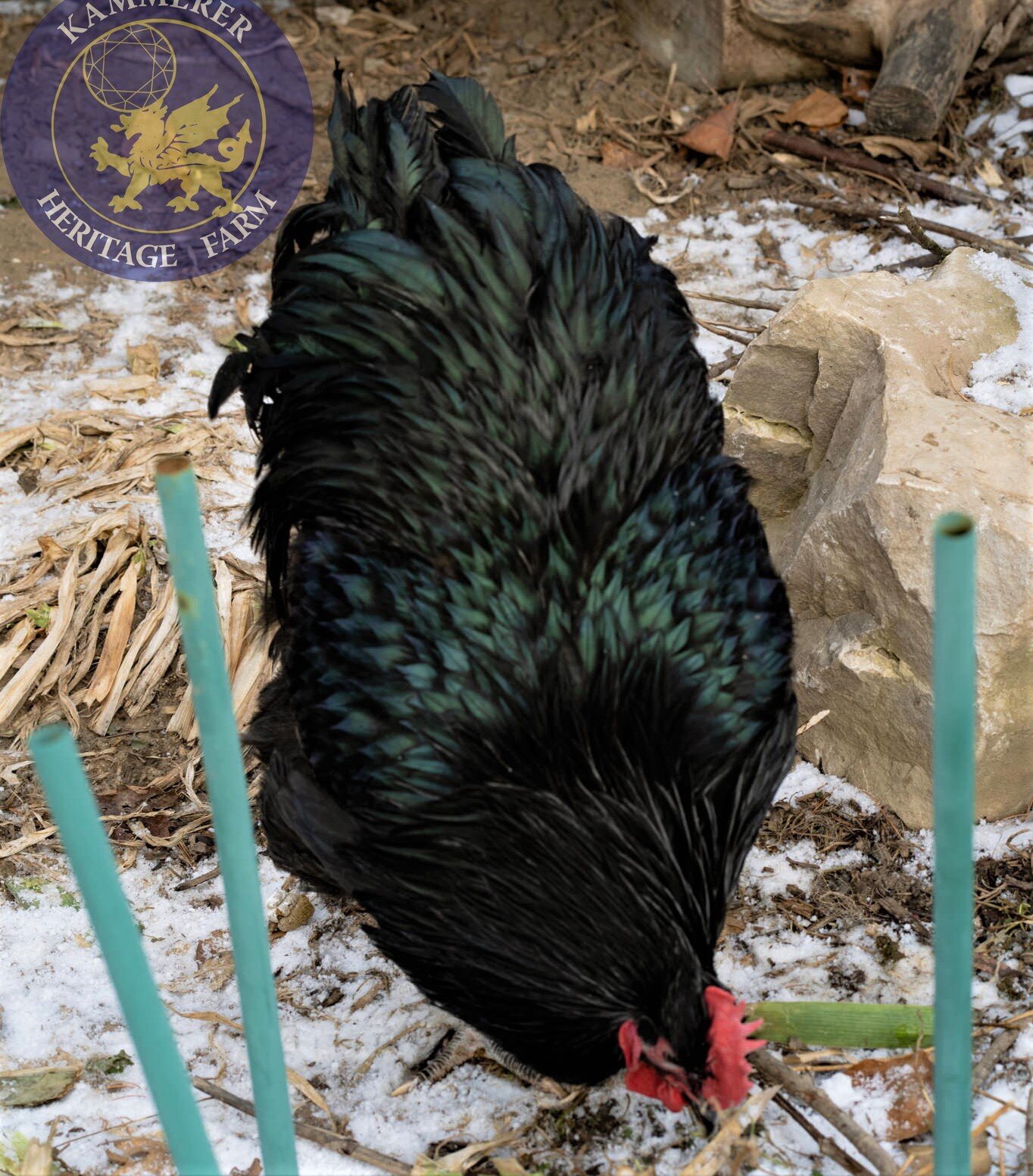 Image 1 of 5
Image 1 of 5

 Image 2 of 5
Image 2 of 5

 Image 3 of 5
Image 3 of 5

 Image 4 of 5
Image 4 of 5

 Image 5 of 5
Image 5 of 5






Lavender Orpington
Lavender Orpington chickens are a more recent addition to the Orpington family. The color, introduced in the late 1990s, is technically a very diluted black. It resulted after decades of breeding in the U.K. Lavenders are extremely friendly, in most cases, and will choose to spend time near you while you are out doing the chores. They are very docile and calm. My birds are bread to Black/Lavender Split Rooster every 3rd generation in order to maintain the “soft feathering” which is essential to maintaining the high quality of the Feathers coveted in APA. If you’re looking for a friendly pet to add to your flock, the Lavender is a great choice.
As with all Orpingtons the Lavender should appear as a heavy, broad bodied bird standing low to the ground. The back should be short and curvy. The tail should be short (not boat tail). The beak is dark/ horn colored, eyes a reddish bay color. Comb, wattles and earlobes are red and lags are slate grey.
Heritage:
English
Egg Colour: Pink/ Light Brown
Egg Count : 180-230 per year
Hens Body weight : 8-14 lbs
Rooster Body weight : 9-15 lbs
Temperament: Very Friendly
Hardiness: Docile, Quiet, and Affectionate, Canadian winter hardy
Genetics:
The "lavender" gene (lav) in the chicken causes the dilution of both black (eumelanin) and red/brown (phaeomelanin) pigments, so according to color background, dilution due to "lavender" gives a sort of plumage color patterns: On an extended black background, this condition causes the entire surface of the body an even shade of light slate blue, which is the typical phenotype known as '"self-blue"' Diluting simply means that it modifies the base color. As an example – black is diluted to lavender and red is diluted to straw color. This is very simplistic but gives you an idea of what the lavender gene does. In order to breed lavender offspring, each of the parent stock requires a copy of the lavender gene.
Note: Kammerer Heritage Farm breeds third generation Lavender with Black Lavender Split in order to maintain the “soft feathering” and improve the appearance which is essential to maintaining the high quality of the Feathers coveted in APA English Orpingtons . When ordering eggs it’s essential to remember that you may hatch some Black Lavender Splits which will carry the Lavender gene which should be bred back to your lavenders from time to time in order to maintain the same quality birds for future generations.
Genetics:
Lav x Lav = 100% Lavender
Black x Lav = 100% Split
Split x Lav = 50% Lav 50% Split
Black Lavender Split x Black Lavender Split = 50% Black Lavender Split, 25% Black, 25% Lavender
Lavender Orpington chickens are a more recent addition to the Orpington family. The color, introduced in the late 1990s, is technically a very diluted black. It resulted after decades of breeding in the U.K. Lavenders are extremely friendly, in most cases, and will choose to spend time near you while you are out doing the chores. They are very docile and calm. My birds are bread to Black/Lavender Split Rooster every 3rd generation in order to maintain the “soft feathering” which is essential to maintaining the high quality of the Feathers coveted in APA. If you’re looking for a friendly pet to add to your flock, the Lavender is a great choice.
As with all Orpingtons the Lavender should appear as a heavy, broad bodied bird standing low to the ground. The back should be short and curvy. The tail should be short (not boat tail). The beak is dark/ horn colored, eyes a reddish bay color. Comb, wattles and earlobes are red and lags are slate grey.
Heritage:
English
Egg Colour: Pink/ Light Brown
Egg Count : 180-230 per year
Hens Body weight : 8-14 lbs
Rooster Body weight : 9-15 lbs
Temperament: Very Friendly
Hardiness: Docile, Quiet, and Affectionate, Canadian winter hardy
Genetics:
The "lavender" gene (lav) in the chicken causes the dilution of both black (eumelanin) and red/brown (phaeomelanin) pigments, so according to color background, dilution due to "lavender" gives a sort of plumage color patterns: On an extended black background, this condition causes the entire surface of the body an even shade of light slate blue, which is the typical phenotype known as '"self-blue"' Diluting simply means that it modifies the base color. As an example – black is diluted to lavender and red is diluted to straw color. This is very simplistic but gives you an idea of what the lavender gene does. In order to breed lavender offspring, each of the parent stock requires a copy of the lavender gene.
Note: Kammerer Heritage Farm breeds third generation Lavender with Black Lavender Split in order to maintain the “soft feathering” and improve the appearance which is essential to maintaining the high quality of the Feathers coveted in APA English Orpingtons . When ordering eggs it’s essential to remember that you may hatch some Black Lavender Splits which will carry the Lavender gene which should be bred back to your lavenders from time to time in order to maintain the same quality birds for future generations.
Genetics:
Lav x Lav = 100% Lavender
Black x Lav = 100% Split
Split x Lav = 50% Lav 50% Split
Black Lavender Split x Black Lavender Split = 50% Black Lavender Split, 25% Black, 25% Lavender
